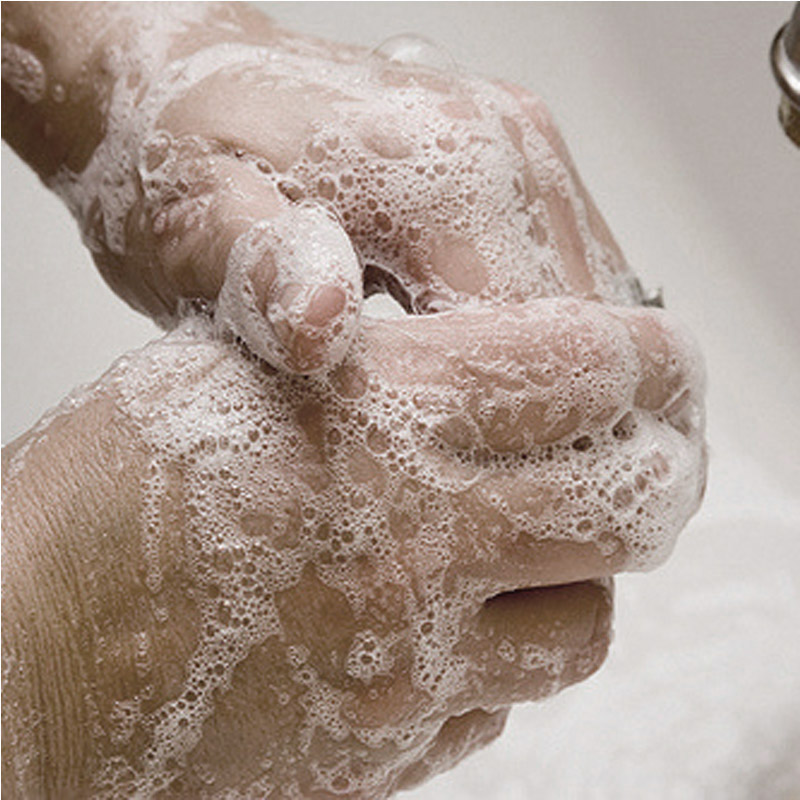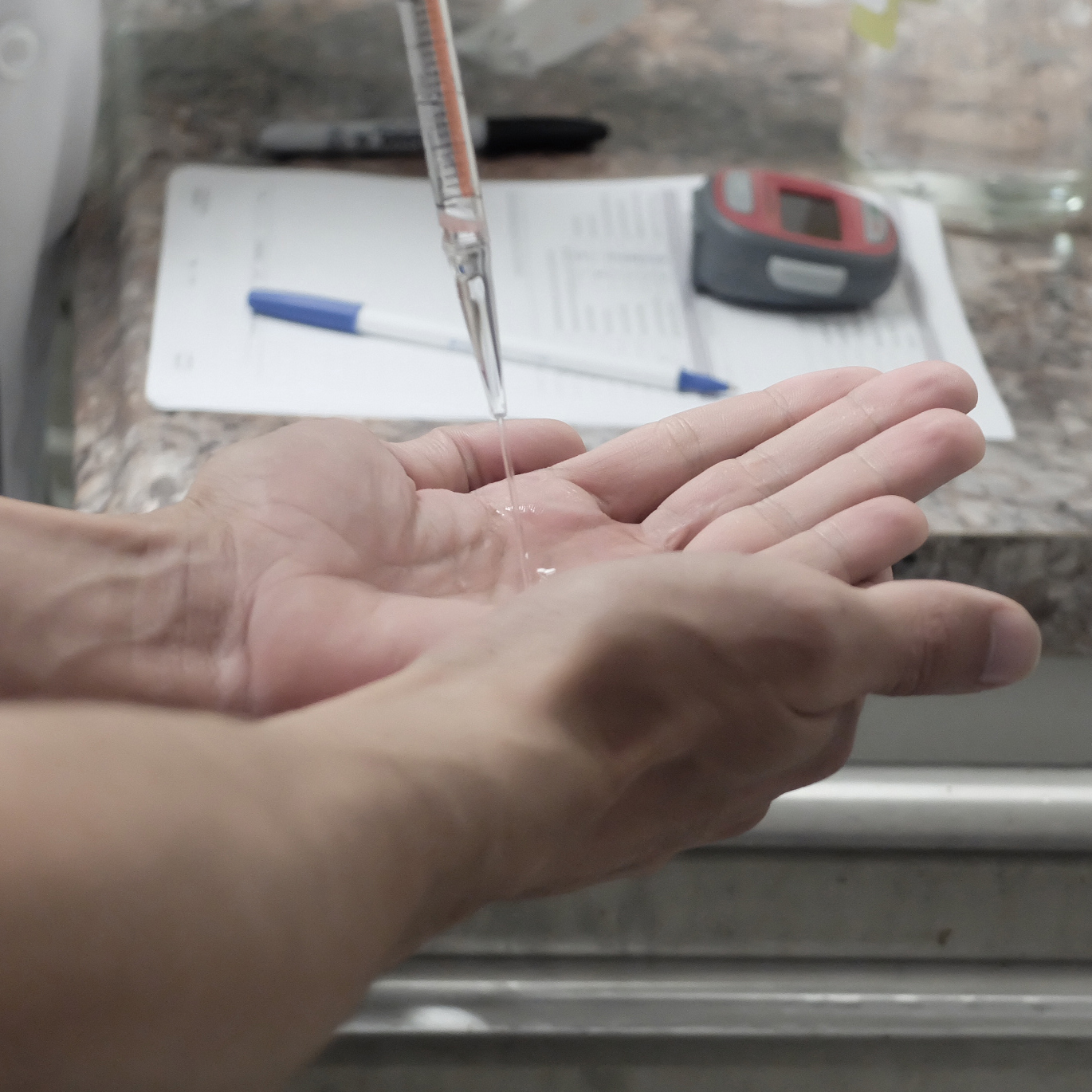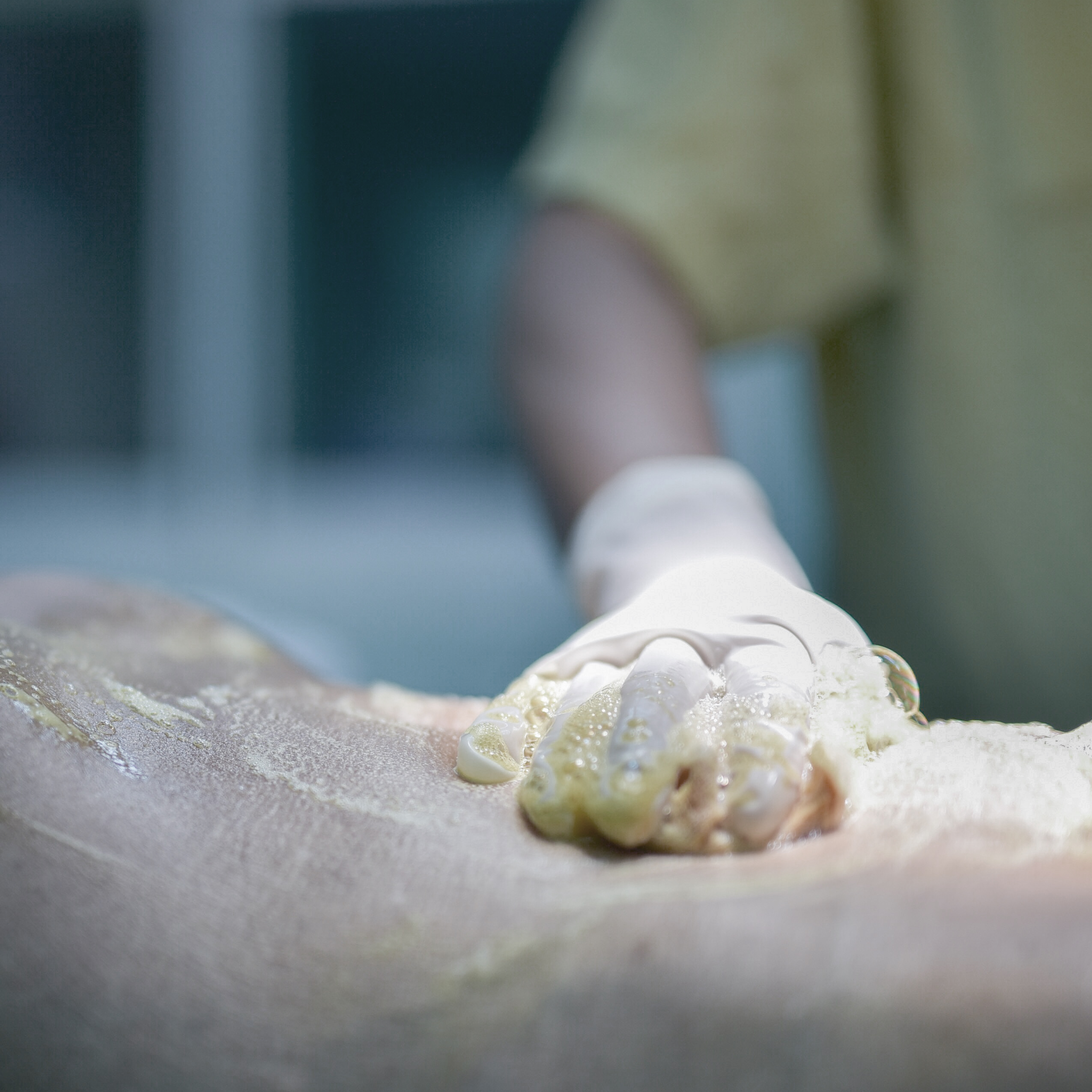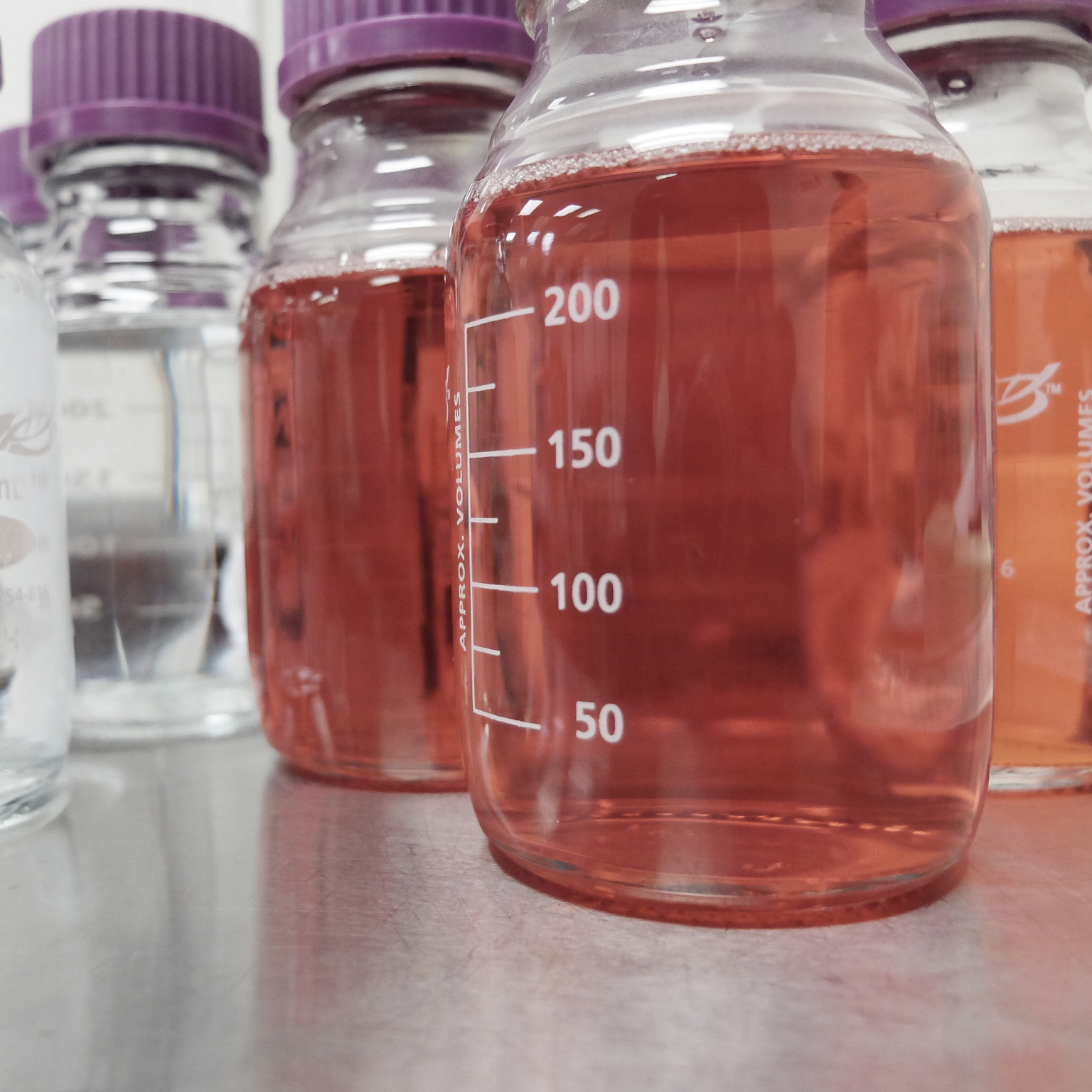infotx@cpt.eurofinsus.com |
(512) 243-6426
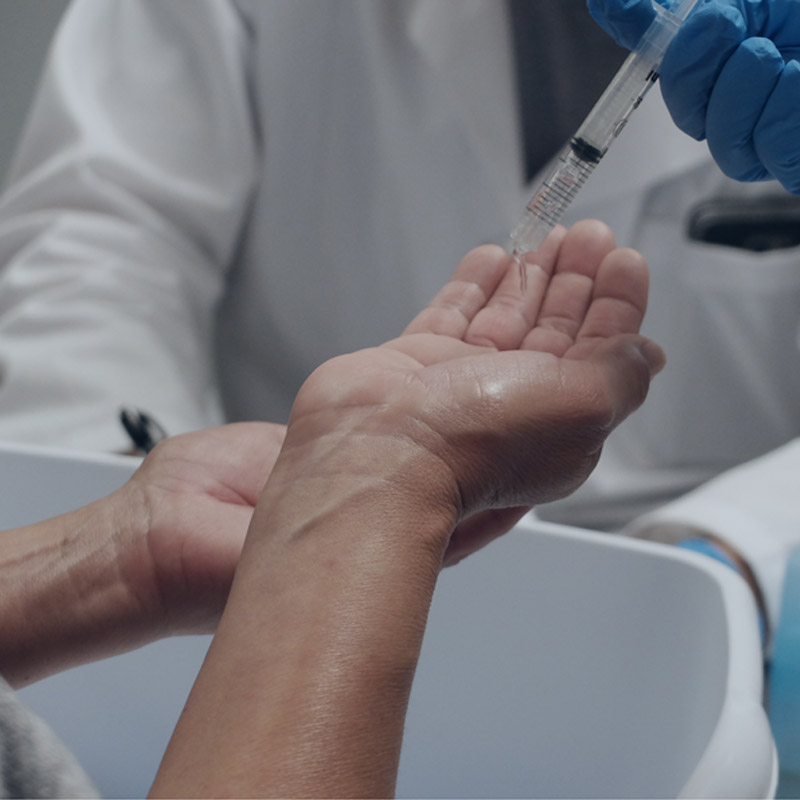
AntiSeptic Rub Testing
Antiseptic rubs (sometimes referred to as “leave-on products”) are products intended to be used when soap and water are not available, and are left on, rather than rinsed off with water. OTC antiseptic products are divided into two categories - those that are intended for use in health care settings or consumer settings. This distinction is reflective of the fact that these settings present different levels of risk of acquiring infections with serious outcomes and that the target populations using these two different categories of rubs have disparate susceptibilies to infection and dramatically different use patterns.
Methods for Evaluating Antimicrobial Efficacy of Antiseptic Hand Rubs
The antimicrobial efficacy of consumer or health care personnel antiseptic hand rub formulations may be evaluated using one of the following test methods offered by Vivo:
•ASTM E2755 - Evaluation of Health Care Personnel Handrub Forumulations
•ASTM E2276 - Determining Bactericidal Properties Using Fingerpads
•ASTM E2613 - Determining Fugicidal Properties Using Fingerpads
•ASTM E1838 - Determining Virucidal Properties Using Fingerpads
•ASTM E2011 - Determining Virucidal Properties Using the Entire Hand
•EN 1500 - Chemical Disinfectant and Antiseptics - Hygenic Handrub Testing
As per the 1994 FDA Tentative Final Monograph and the FDA Final Rule on Health Care Personnel OTC Antiseptics, currently the FDA recognizes the same three active ingredients as eligible for re-evaluation under the OTC Drug Review for use in both consumer or health care antiseptic rubs.
Product Performance Criteria Detailed in FDA's Proposed Guidance for Hand Rubs
The following log10 reductions are specified in the respective guidance documents for consumer or health care rubs.
How to Design a Robust Study for Your Antiseptic Rub Project
In addition to specifying the log10 reductions for antiseptic rub formulations, FDA has also asserted experimental controls that should be incorporated into these studies. Vivo has a deep understanding of satisying the FDA’s requirements for designing scientifically defensible studies and accounting for variability between study subjects by incorporating the following controls or elements in our studies, as appropriate:
•Neutralization verification control
•Negative and/or vehicle control
•Positive (i.e. reference or active) control
•A sample size large enough to achieve statistically sensitive results
•Adequate randomization of test or control article distribution
•Analysis of the proportion of subjects who meet the log reduction criteria based on a two-sided statistical test and a 95% confidence interval
Why Eurofins CRL?
Eurofins CRL was founded in 2017 as a collaborative effort between two specialty contract testing facilities. ECRL combines the expertise derived from its legacy with the innovative methods and quality focus that makes the Eurofins name a leader in third-party testing world-wide. Clients are welcome to tour the lab, observe studies, and audit the lab's quality system. The lab is staffed by a capable, friendly group of scientists, mostly microbiologists. We understand what our clients need: Fairly priced testing services, done accurately and reported quickly.
